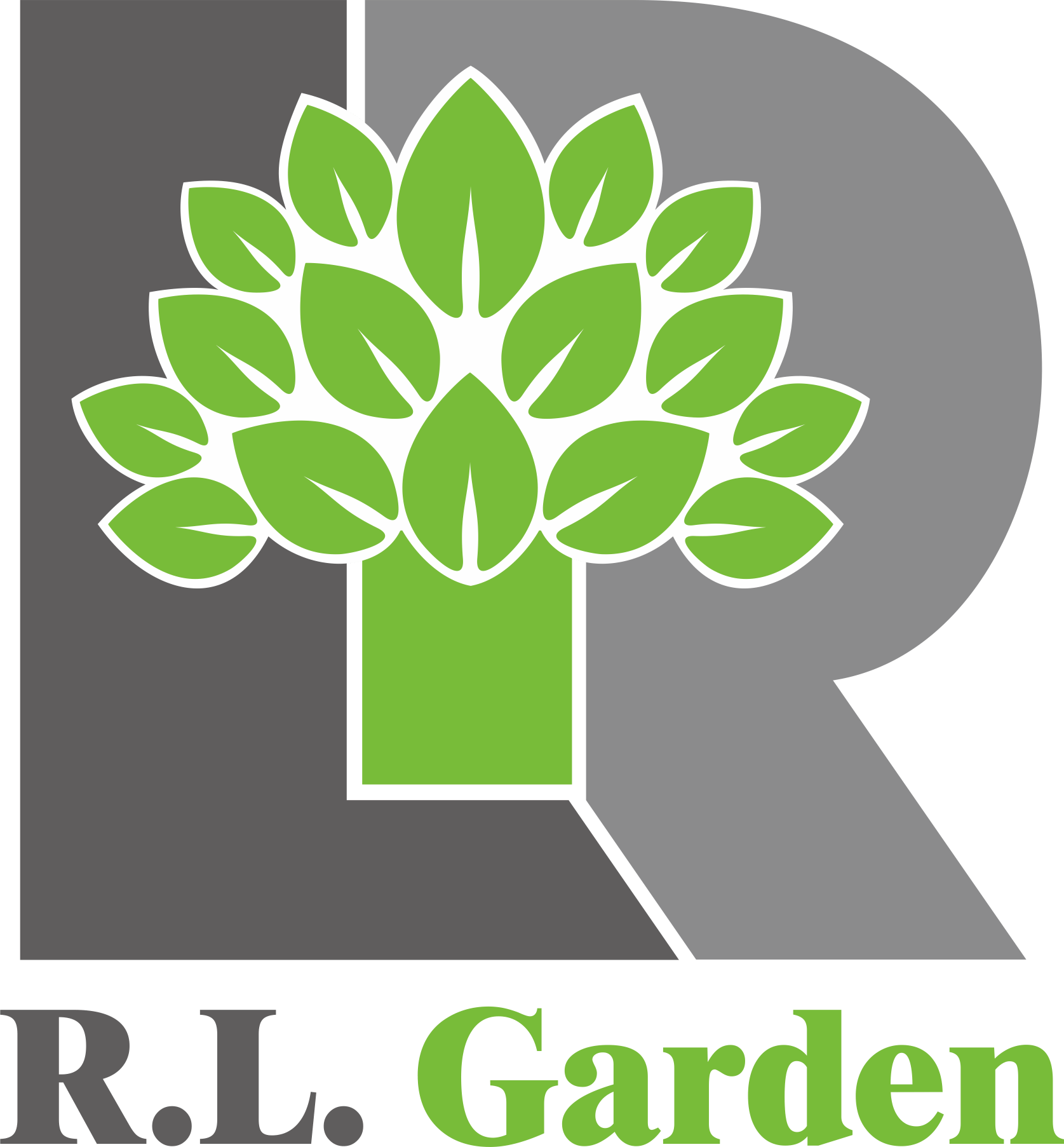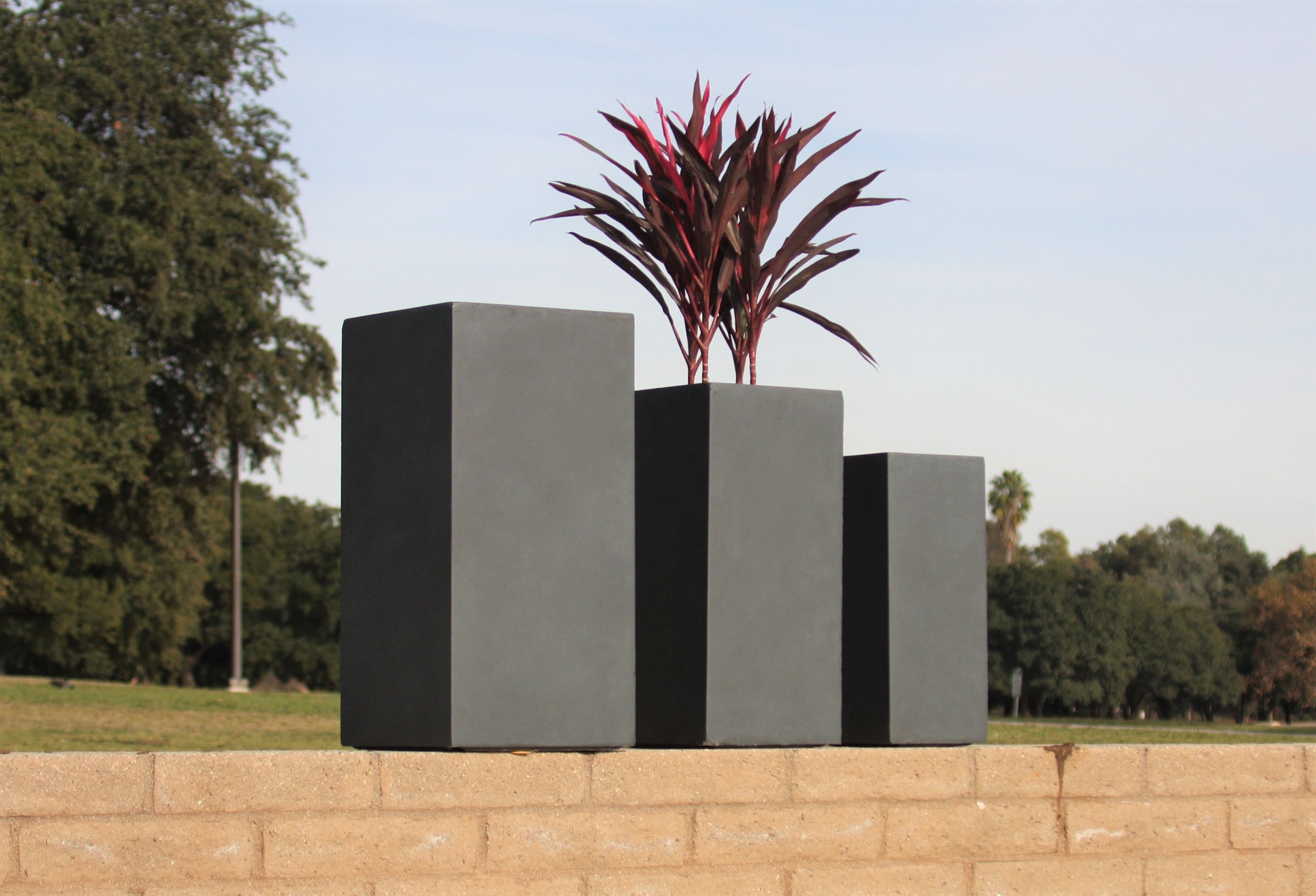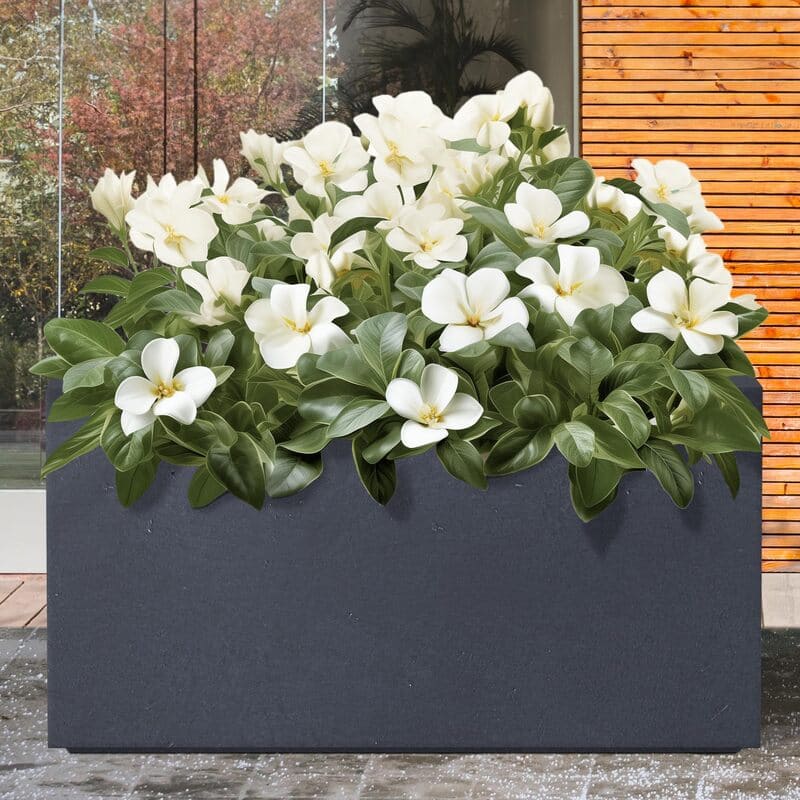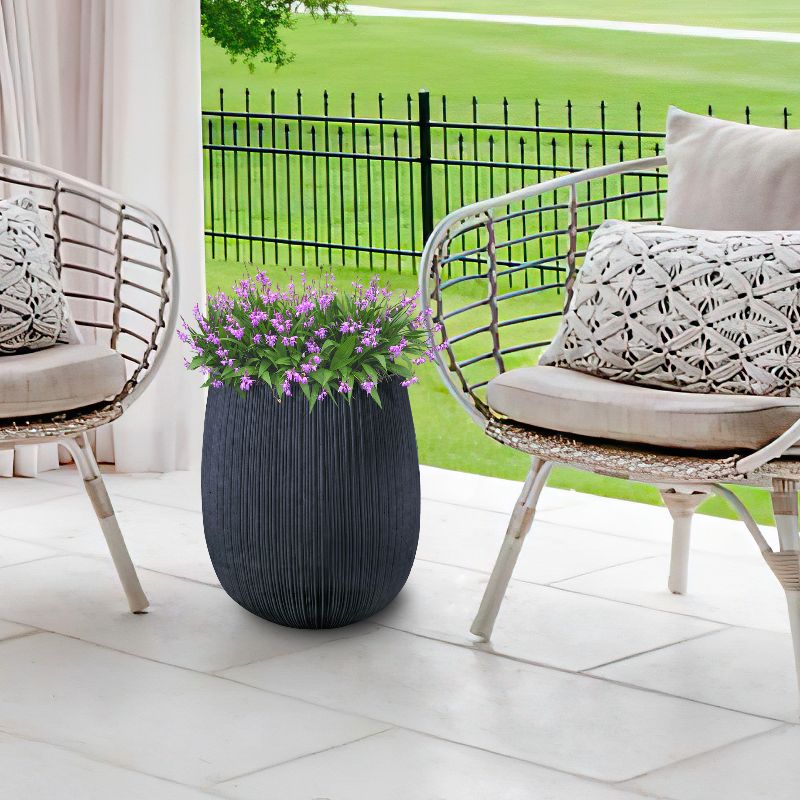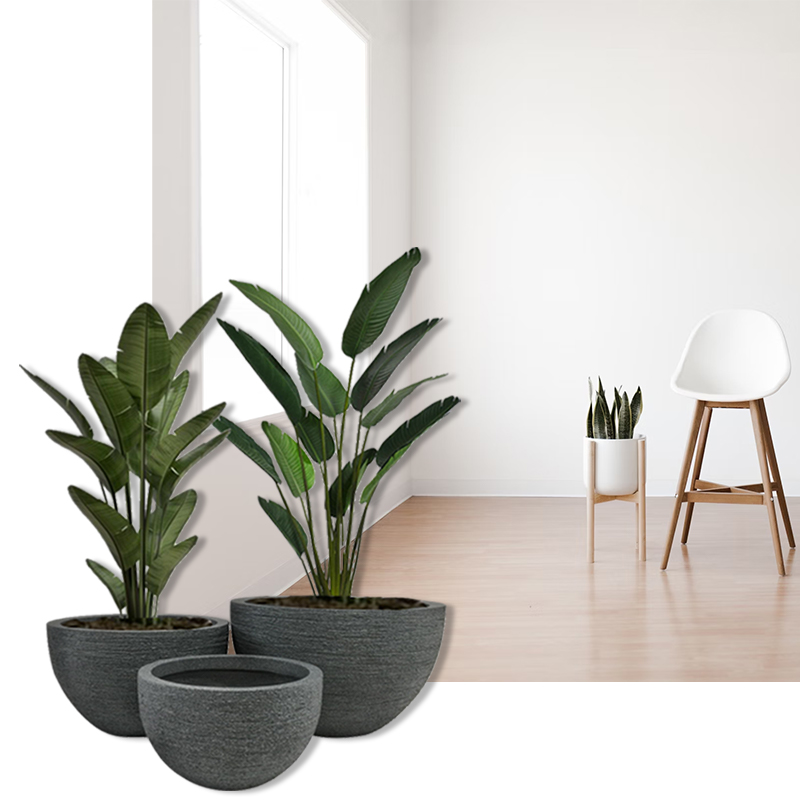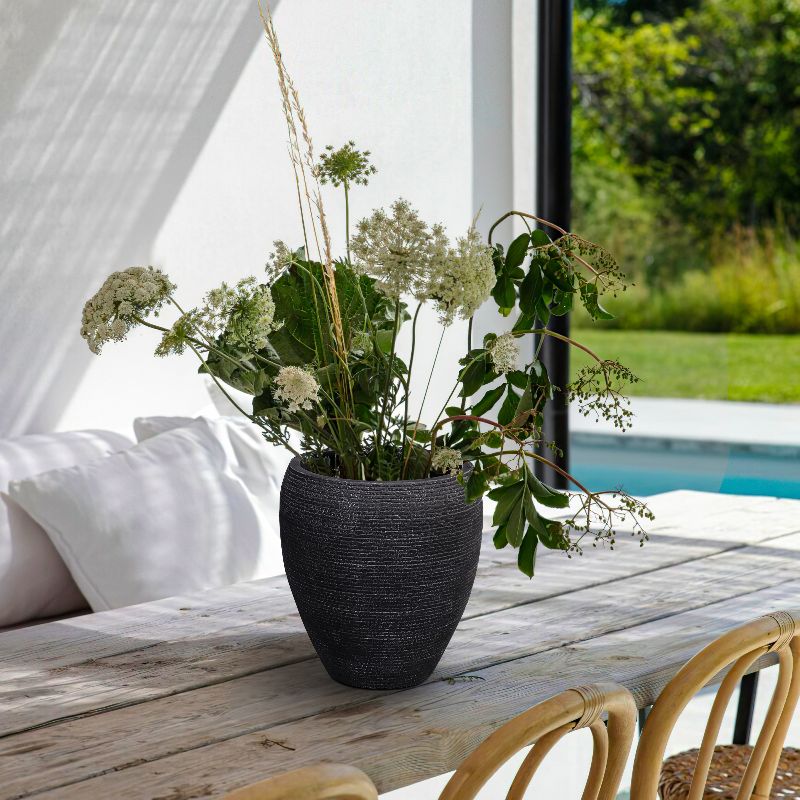Planters are essential for enhancing outdoor and indoor aesthetics, providing a versatile and practical way to house plants. Among the wide variety of planters available, fiberglass and lightweight concrete planters stand out as two popular choices.
Fiberglass Planters
Features: Crafted from glass fibers embedded in resin matrix. Smooth texture with various finish options including glossy, matte or textured surfaces.
Advantages:
- Lightweight and portable
- Weather-resistant
- Durable construction
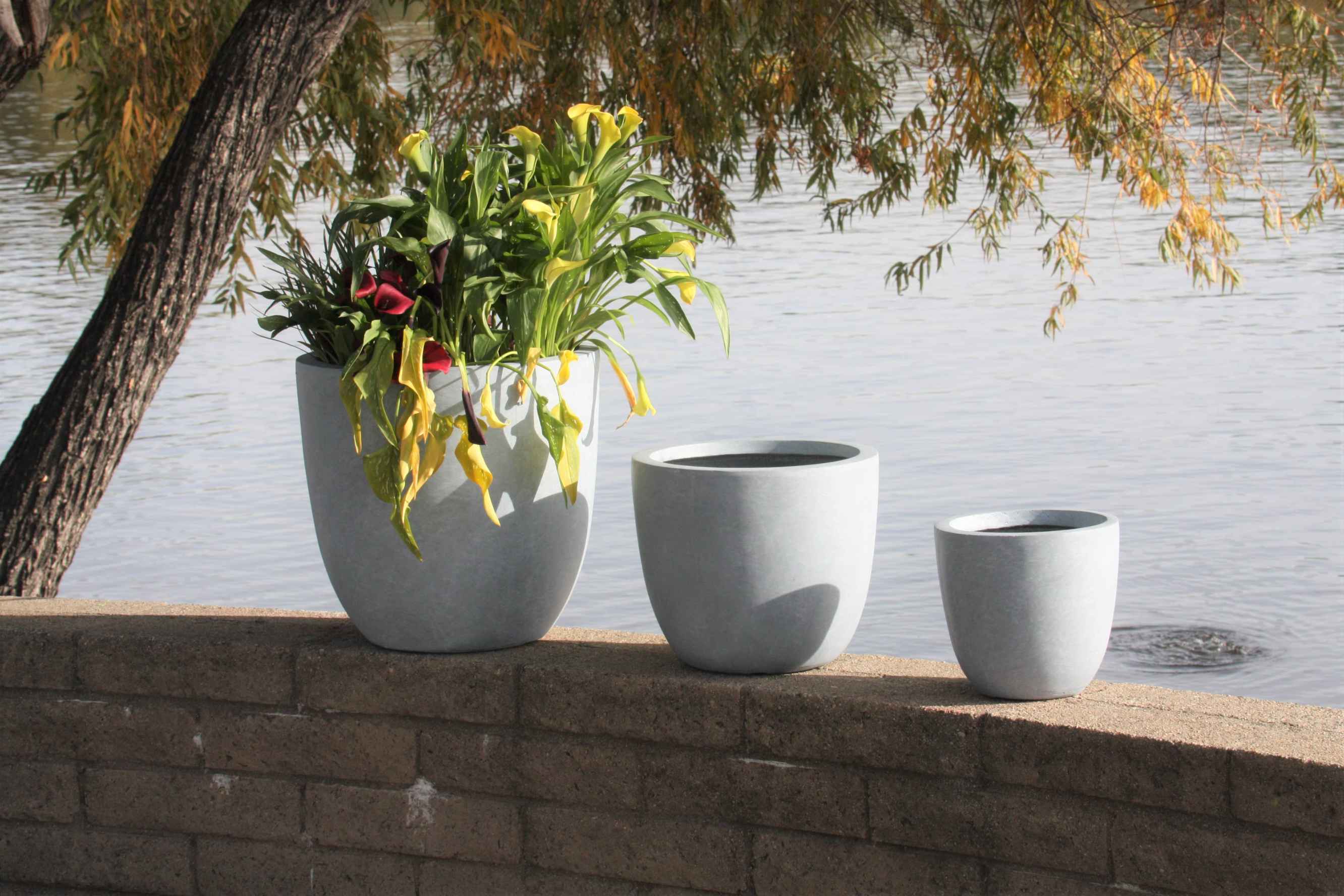
Lightweight Concrete Planters
Features: Made with concrete mixed with perlite/pumice. Natural porous texture promotes plant aeration.
Advantages:
- Natural aesthetic
- Improved drainage
- Wind-resistant base
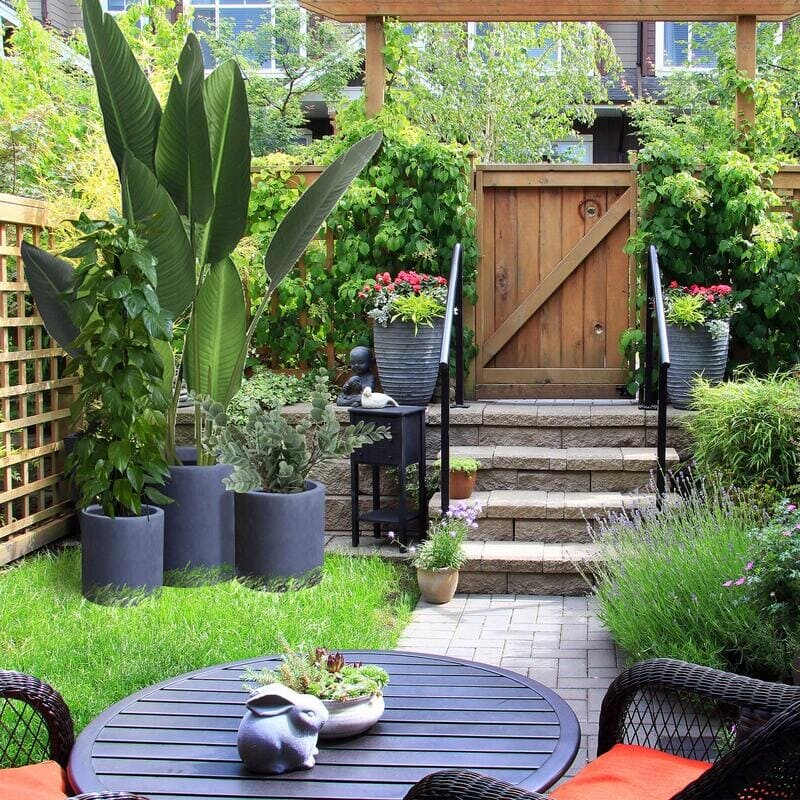
Feature Comparison
| Feature | Fiberglass | Concrete |
|---|---|---|
| Weight | Light (5-8 lbs) | Medium (15-25 lbs) |
| Durability | 10+ years | 8-10 years |
| Price Range | $50-200 | $80-300 |
Usage Recommendations
Best For Fiberglass:
- Rooftop gardens
- Indoor displays
- Frequent relocation
Best For Concrete:
- Permanent installations
- High-wind areas
- Outdoor landscaping
Final Considerations
Choose Fiberglass If: Need lightweight & movable planters
Choose Concrete If: Prefer natural look & stable base
